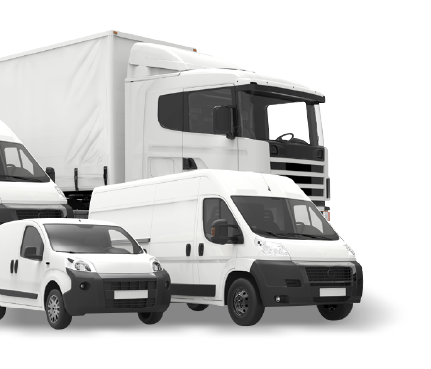

Have you ever wondered what the truck fleets of the future will look like? In a world where safety and efficiency are top priorities, 2025 promises advancements that will revolutionize how we manage our fleets. From smart technologies to sustainable practices, the upcoming trends aim to not only protect assets but also improve fleet performance and management. Here are six key trends to ensure a safe and efficient fleet in 2025.
One of the leading trends for a safe fleet in 2025 is the use of intelligent security cameras. These cameras don’t just record what happens on the road; they use artificial intelligence (AI) to detect dangerous behaviors, such as distracted driving or driver fatigue.
Key Benefits:
By 2025, security cameras will be a standard, not a luxury. If your fleet isn’t equipped with this technology, you’ll be a step behind.
Telematics has become an essential tool for efficient fleet management. In 2025, we’ll see more advanced systems collecting real-time data on vehicle performance, driver behavior, and road conditions.
Main Features:
A robust telematics system not only enhances safety but also reduces operational costs and improves customer satisfaction.
The shift to more sustainable vehicles is inevitable. In 2025, the adoption of electric and hybrid trucks will dominate as a trend to ensure a safe fleet while reducing environmental impact.
Safety and Efficiency Advantages:
Embracing this technology also positions companies as responsible leaders in the eyes of their customers and employees.
While autonomous driving is still developing, by 2025, partial integration into commercial fleets will become a reality. These capabilities will help reduce human error, one of the leading causes of accidents.
Expected Impact:
Although full adoption will take more time, exploring these capabilities now will provide a competitive edge.
Technology isn’t the only factor in ensuring a safe and efficient fleet. In 2025, successful companies will invest in continuous training programs for their drivers.
Key Training Areas:
Trained drivers are not only safer but also more productive, directly contributing to fleet success.
With the rise of connected technologies, cybersecurity will become a priority for a safe fleet in 2025. Systems such as cameras, telematics, and autonomous driving are vulnerable to attacks if not adequately protected.
Strategies to Secure Your Fleet:
Investing in cybersecurity protects not only information but also the trust of your customers and partners.
2025 is already here, and the trends to ensure a safe and efficient fleet cannot be ignored. When it comes to fleet tracking and management solutions, Satrack leads the market. Their GPS systems offer cutting-edge technology to monitor vehicles, optimize routes, and ensure safety at all times. Satrack also integrates AI-based solutions that analyze real-time data to provide valuable insights and prevent risks before they happen.
With Satrack, you don’t just get a GPS provider—you gain a strategic partner to help transform your fleet into a model of safety and efficiency. Learn more about how Satrack can revolutionize your fleet management by visiting www.satrack.com.
In 2025, safety won’t be optional—it will be the standard. Ensure your fleet is ready to meet future challenges by adopting these trends and relying on leading solutions like those offered by Satrack.
